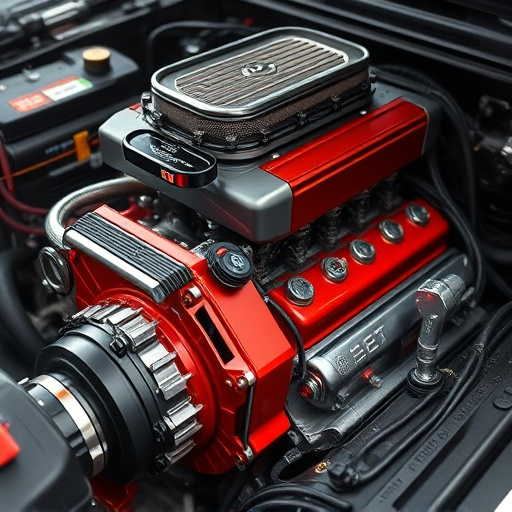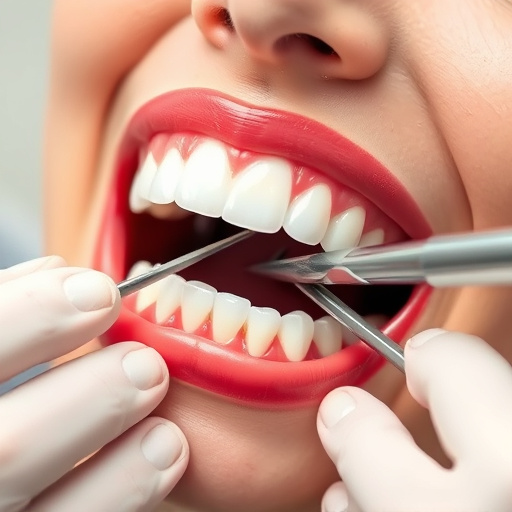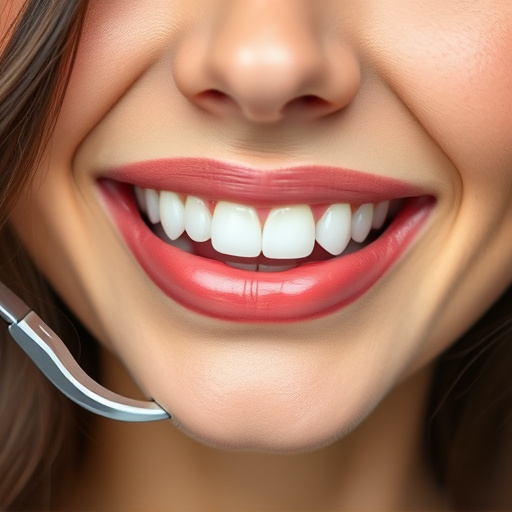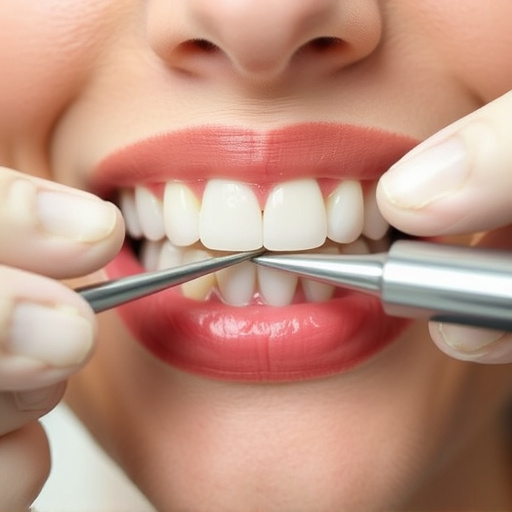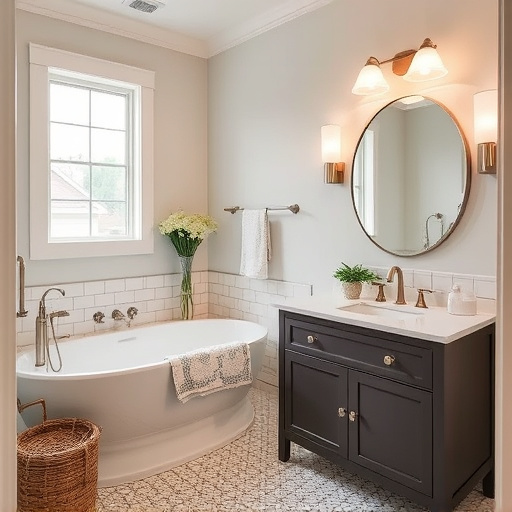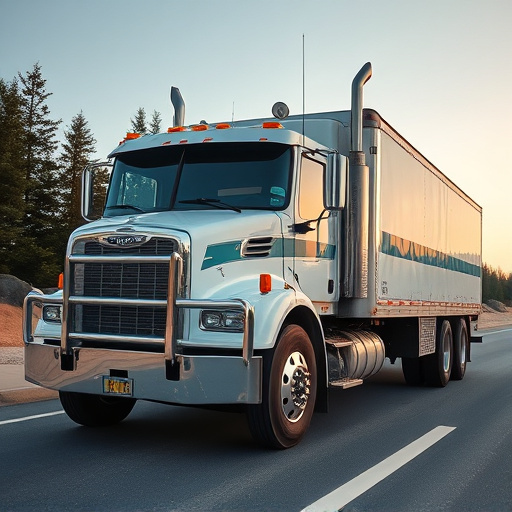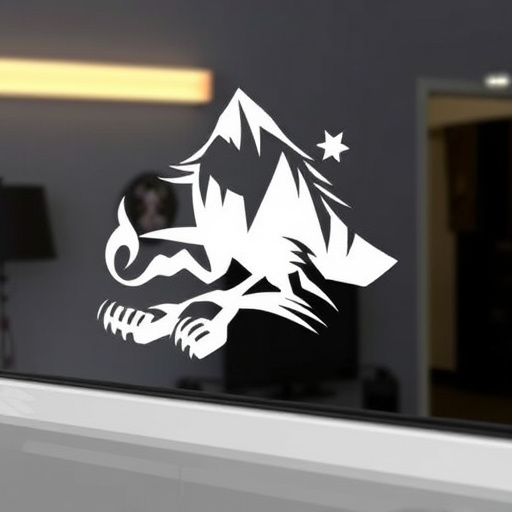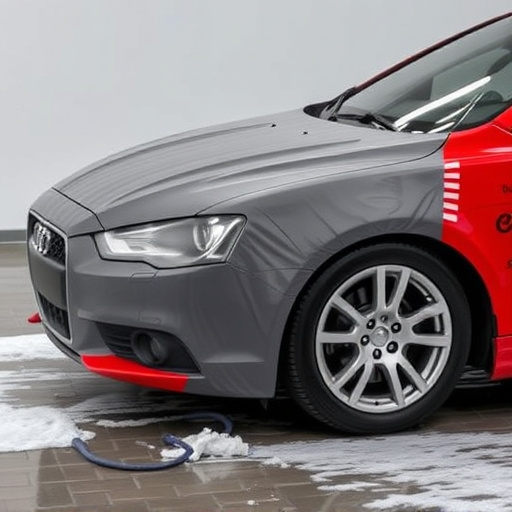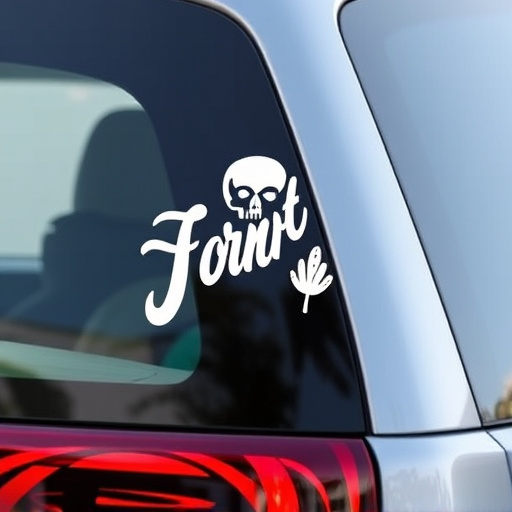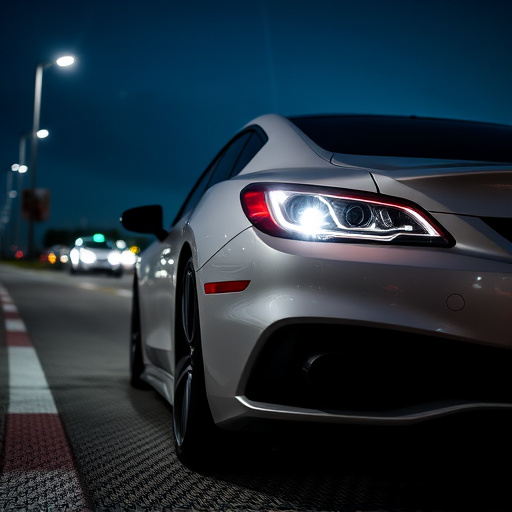Car ceramic coating, a cutting-edge detailing solution, enhances vehicles' appearance and protection. By filling paint imperfections, it offers a sleek, durable finish that repels dirt and water. Professional application uses specialized equipment for optimal results, protecting against UV rays, contaminants, and scratches while improving fuel economy. DIY kits are cost-effective but require patience and meticulousness. Proper preparation ensures a professional finish rivaling automotive services, with longer-lasting protection than conventional waxes.
In the quest for top-notch vehicle protection, car ceramic coating has emerged as a game-changer. This advanced protective layer not only enhances the aesthetics of your car but also provides superior resistance against scratches, dirt, and UV damage. Understanding the options between professional application and DIY installation is crucial for making an informed decision. Explore the benefits, considerations, and step-by-step guide to navigate this process effectively, ensuring your car receives the ultimate ceramic coating treatment.
- Understanding Car Ceramic Coating: The Basics
- Professional Application: Benefits and Considerations
- DIY Ceramic Coating: A Step-by-Step Guide and Tips
Understanding Car Ceramic Coating: The Basics
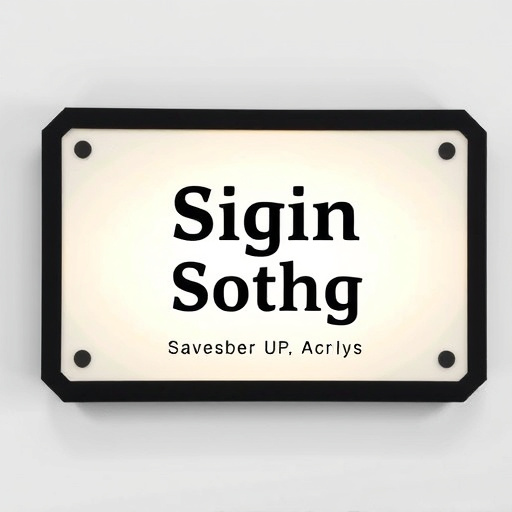
Car ceramic coating is a protective layer that enhances the vehicle’s exterior aesthetics and performance. It works by filling in microscopic imperfections on the paint surface, creating a smooth, glossy finish that repels dirt, water, and other contaminants. This innovative technology has gained immense popularity in the automotive detailing industry due to its ability to offer superior protection compared to traditional waxes and sealers.
Understanding the basics of car ceramic coating involves grasping its composition and application process. Unlike conventional car washes or simple polishes, ceramic coatings are composed of advanced ceramics and resin compounds that bond with the paintwork on a molecular level. This intricate bonding ensures long-lasting durability, often providing protection for several years with proper care. The professional installation of these coatings, often referred to as professional PPF (Paint Protection Film) installation or automotive detailing services, involves skilled technicians who meticulously prepare the car’s surface, apply the coating, and cure it using specialized equipment to achieve optimal results, complementing the look of vehicle wraps.
Professional Application: Benefits and Considerations
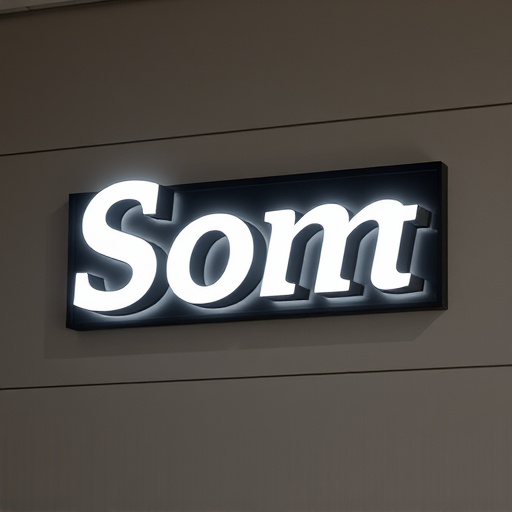
Professional application of car ceramic coating offers several significant benefits, making it a preferred choice for those seeking top-tier vehicle protection and aesthetics. Expert technicians utilize specialized equipment and precise techniques to ensure even coverage and optimal performance. This method guarantees a durable, high-gloss finish that enhances the car’s appearance while providing advanced protection against UV rays, bird droppings, tree sap, and other environmental contaminants. Professional coating also includes added benefits like improved water beading, reduced friction for better fuel economy, and enhanced scratch resistance.
When considering professional application, factor in the cost, which can be higher than DIY kits. However, the investment pays off through longer-lasting protection and a more meticulous finish. Moreover, professional installation ensures the coating is applied correctly, maximizing its effectiveness and extending the time between reapplications. Unlike some DIY options, professional ceramic coating services offer peace of mind, knowing your vehicle is in capable hands, and will be protected to factory specifications.
DIY Ceramic Coating: A Step-by-Step Guide and Tips

DIY ceramic coating can be a cost-effective way to protect your car’s finish while adding a glossy, durable layer. Before attempting this project, understand that it requires time, patience, and meticulousness. Begin by washing and drying your vehicle thoroughly. This step is crucial as any residue or moisture can affect the coating’s adhesion. Next, prepare the surface by polishing and decontaminating it to ensure a smooth base.
Use a high-quality ceramic coating product designed for automotive use, applying it evenly across the paintwork in thin layers. Allow each layer to dry completely before moving on to the next. For best results, follow the manufacturer’s instructions regarding application times and curing conditions. Remember, proper preparation is key to achieving a professional-looking finish with DIY car ceramic coating. Incorporating these steps into your vehicle enhancement routine can provide premium automotive services that rival those offered by specialized shops.
When deciding between professional or DIY car ceramic coating, understanding your needs and resources is key. Professional applications offer superior results, enhanced protection, and long-lasting durability, but come with a higher cost. DIY coatings provide a more affordable option, allowing customization and control, yet require meticulous attention to detail and specific equipment. Whether you opt for professionalism or take the DIY route, car ceramic coating significantly enhances your vehicle’s exterior, offering not just a glossy finish but also superior protection against the elements.
